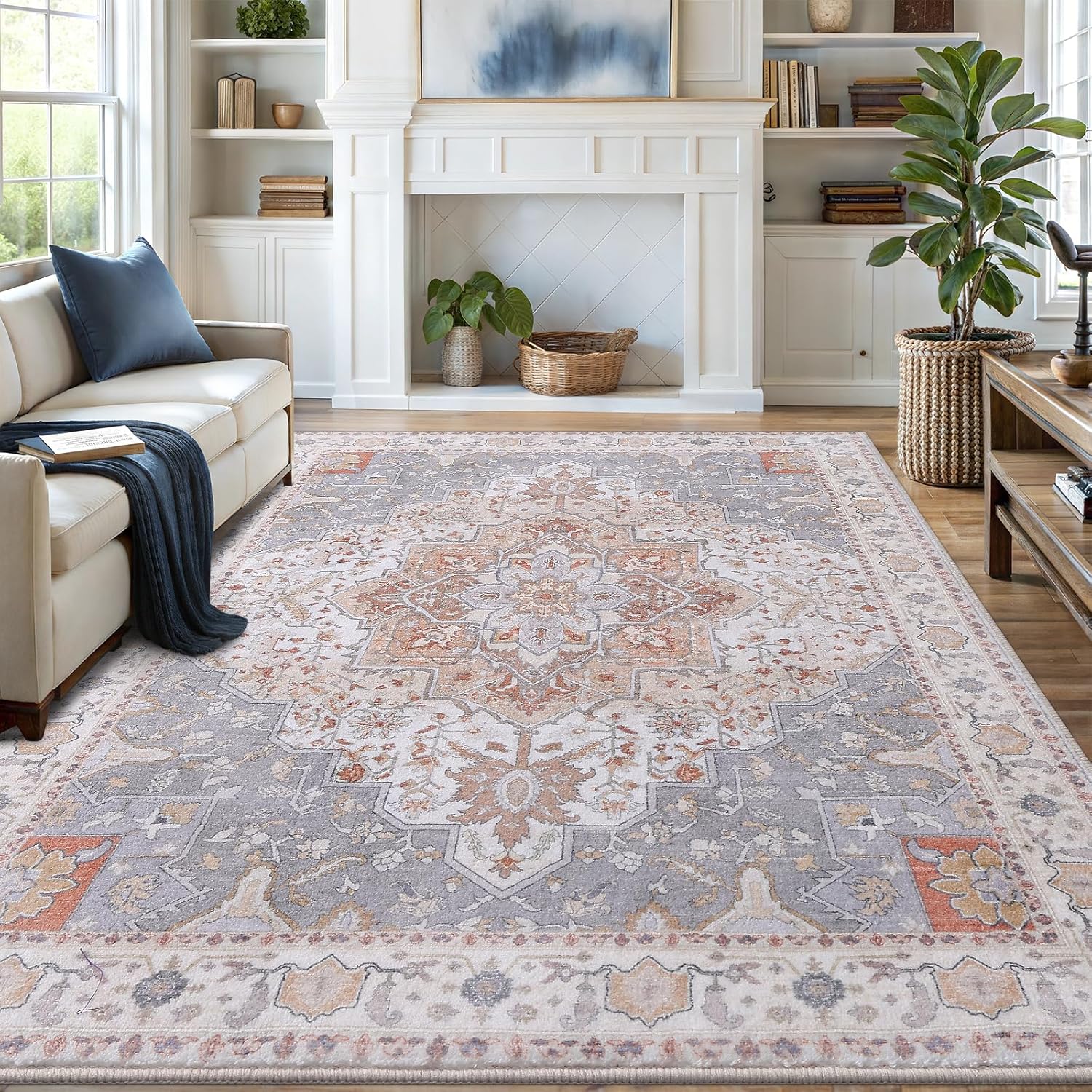Yes, robot vacuums are designed to work on carpet, effectively picking up dirt and debris while adjusting suction power based on carpet type.
Robot vacuums have become essential cleaning tools for modern homes. But many wonder if these automated cleaners can handle carpets effectively. The short answer is yes – with the right features and suction power, robot vacuums can clean carpets remarkably well.

How Robot Vacuums Handle Different Carpet Types
Not all carpets are created equal, and neither are robot vacuums. Performance varies significantly based on carpet pile height and vacuum specifications.
Low-Pile Carpets
Most robot vacuums handle low-pile carpets with ease. These thinner carpets allow brushes to reach deeper and suction to pull up embedded dirt. Models with at least 2,000 Pa suction work well for basic maintenance cleaning.
Medium-Pile Carpets
For medium-pile carpets, look for vacuums with 5,000-8,000 Pa suction power. The best robot vacuums for pet hair typically fall in this range, as they need extra power to lift fur from deeper fibers.
High-Pile/Plush Carpets
High-pile carpets require premium models with 10,000+ Pa suction. These powerful vacuums often feature:
- Dual rubber brushes that don’t tangle
- Automatic suction adjustment
- Advanced navigation to spend more time on thick carpets

Key Features for Carpet Cleaning
When shopping for a carpet-capable robot vacuum, prioritize these features:
| Feature | Why It Matters | Minimum Recommendation |
|---|---|---|
| Suction Power | Determines how well it lifts dirt from fibers | 5,000 Pa for medium carpets |
| Brush Type | Prevents hair tangles and digs deep | Rubber rollers or dual brushes |
| Carpet Detection | Automatically increases suction | Pressure sensors or acoustic detection |
| Battery Life | More time for thorough cleaning | 90+ minutes (or auto-recharge) |
Top Robot Vacuum Technologies for Carpets
Self-Adjusting Suction
Premium models like the Roborock S8 Pro Ultra automatically boost suction when transitioning from hard floors to carpets. This ensures consistent cleaning without manual intervention.
Laser Navigation
Advanced mapping allows vacuums to methodically clean carpets instead of random patterns. The best vacuums for deep cleaning use LiDAR to create precise room maps.
Anti-Tangle Brushes
Rubber extractors or dual brush systems prevent hair wrap – a common issue when cleaning carpets with pets. The iRobot j7+ features specially designed brushes that minimize maintenance.
Maintenance Tips for Carpet Cleaning
To keep your robot vacuum performing well on carpets:
- Empty the dustbin after every 1-2 cleaning sessions
- Clean brushes weekly to remove wrapped fibers
- Check filters monthly – clogged filters reduce suction
- Wipe sensors regularly for accurate carpet detection
- Replace side brushes every 6-12 months
According to Consumer Reports, proper maintenance can extend your vacuum’s carpet cleaning effectiveness by up to 40%.
Limitations to Consider
While modern robot vacuums handle carpets well, they have some limitations:
- May struggle with very thick shag carpets (over 1″ pile height)
- Can’t replace deep steam cleaning for heavily soiled carpets
- Some models get stuck on high-pile rugs or fringe edges
- Battery life decreases when using max suction on carpets
For homes with a mix of flooring types, look for models that seamlessly transition between surfaces. The Ecovacs Deebot X2 Omni excels at this, automatically adjusting settings when moving from hardwood to area rugs.
As noted by Wirecutter, the best carpet-cleaning robot vacuums combine strong suction with intelligent navigation to deliver thorough results without constant supervision.

Vanmoos 6×9 Machine-Washable Area Rug — Artistic Flair / Beige
Low-pile, non-slip rug that minimizes pet hair collection and makes quick cleanup part of your routine.
Affiliate link — may earn a commission at no extra cost to you.
